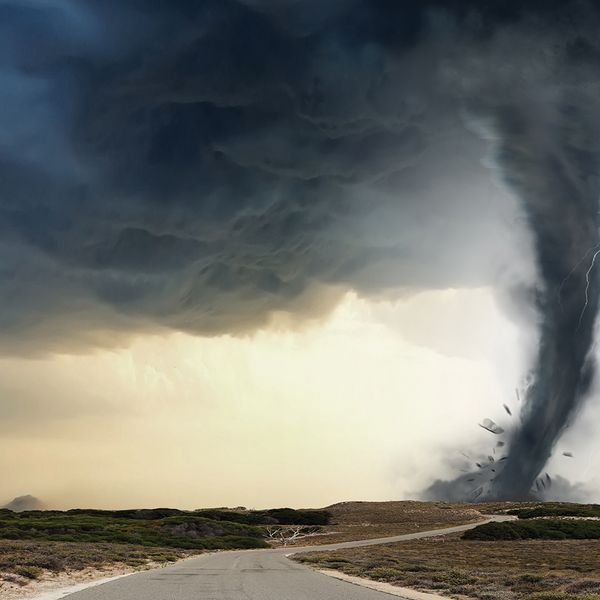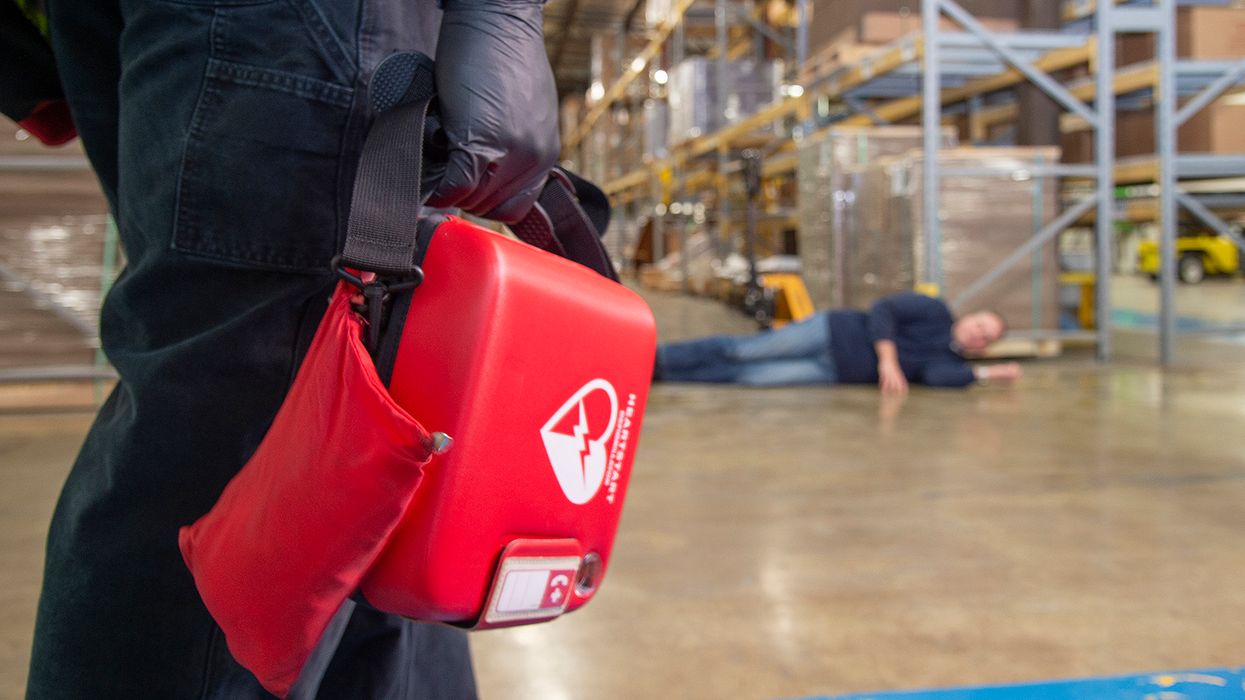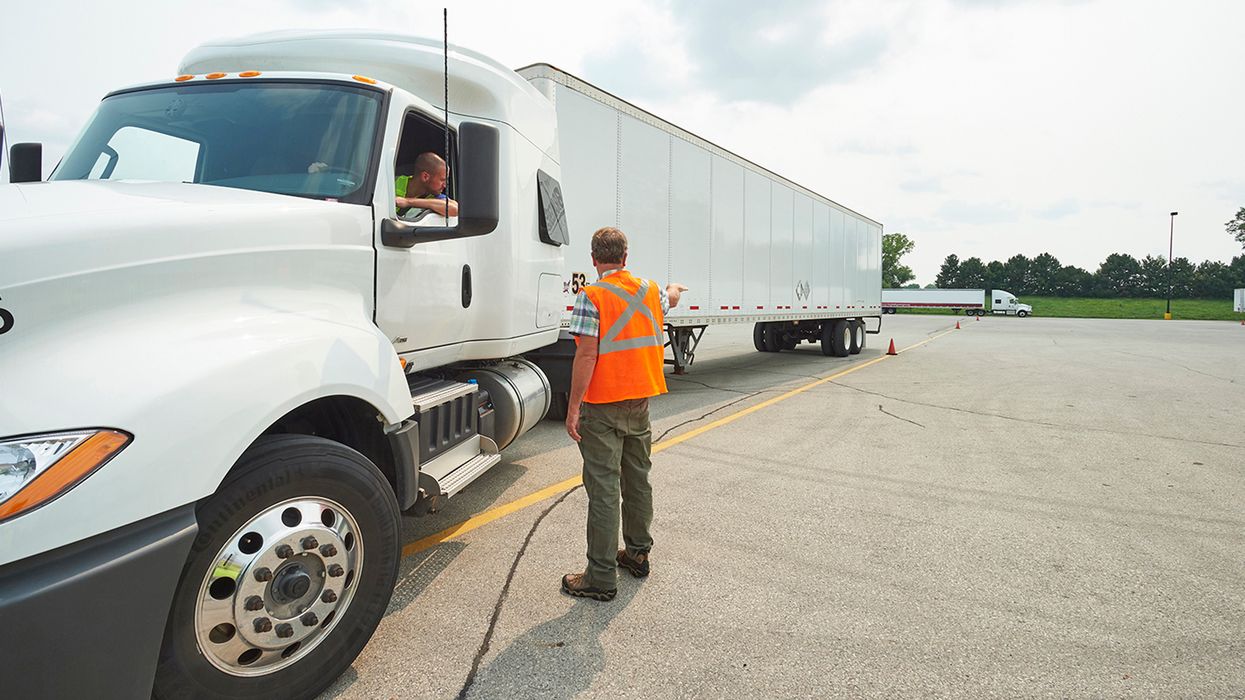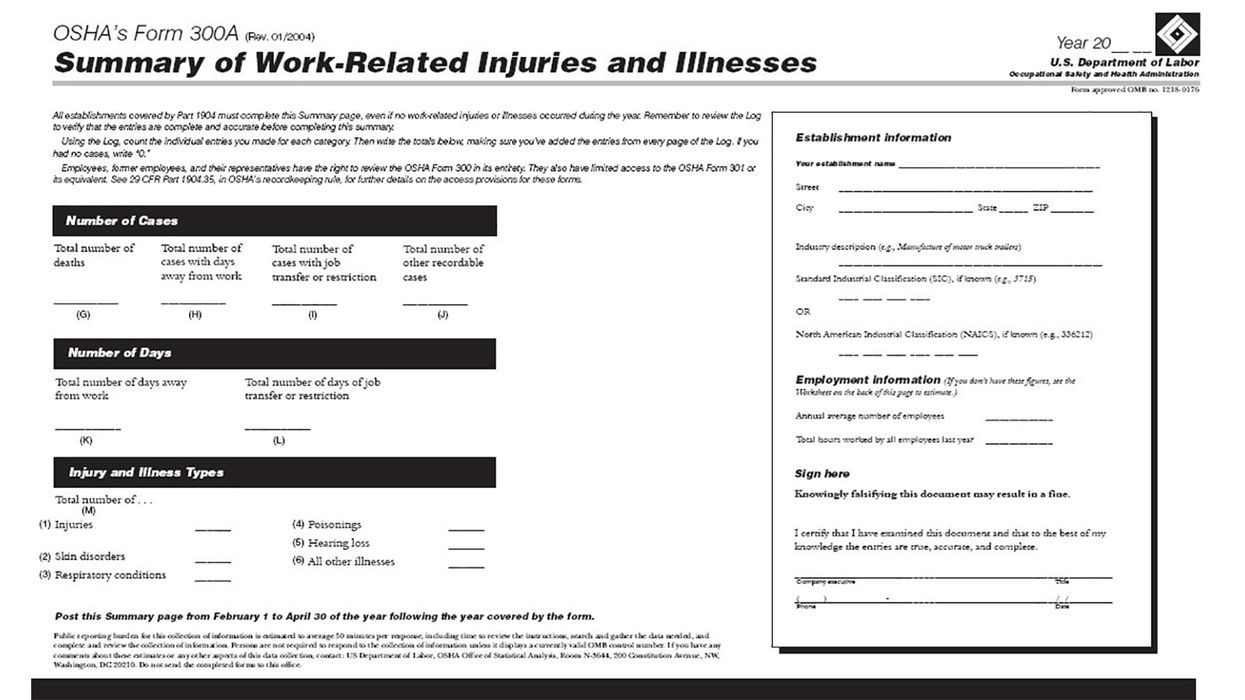When thunder roars, go indoors!
During the past 30 years, about 50 people, on average, have been killed by lightning strikes every year, and many more suffer permanent disabilities. For construction crews, landscapers, utility workers, and delivery drivers, to name a few, lightning is not just a weather event. It is a serious and life-threatening occupational hazard.
Understanding the risk
Employers, supervisors, and workers should understand lightning risk and precautions to minimize hazards. Lightning is highly unpredictable and can even strike outside the heaviest rainfall areas, up to 10 miles from any rainfall.
While OSHA does not have a specific lightning standard, employers are required under the General Duty Clause (Section 5(a)(1)) to provide a workplace free from recognized hazards likely to cause death or serious harm. Lightning clearly qualifies.
Best practices
A proactive lightning safety plan can be a lifesaver. Consider adding the following to any safety plan:
- Check weather alerts and reports - Before beginning any work outdoors, employers or supervisors should always check weather reports and plan accordingly. Most weather apps are now programmed to send weather and lightning alerts, making it much easier to stay up to date.
- Seek shelter in buildings - When hearing thunder or lightning, employers and supervisors should know and tell workers which buildings to go to after an alert. Seek out fully enclosed buildings and remain in the shelter for at least 30 minutes after hearing the last sound or thunder. Employers should guide workers to hard-topped metal vehicles with rolled-up windows if safe building structures are inaccessible.
- Emergency action plan - Employers should have a written Emergency Action Plan (EAP), as outlined in 29 CFR 1910.38 or 29 CFR 1926.35. The EAP should include a written lightning safety protocol for outdoor workers and should:
- Inform supervisors of actions and expectations when receiving an alert.
- Explain how workers will be notified.
- Identify locations and requirements for shelter in place.
- Determine a plan for when outdoor work should be suspended or resumed.
- Account for the amount of time required to evacuate customers or visitors.
- Post this information at all outdoor work-sites.
- Lightning safety training - Training should be provided for each outdoor worksite so that supervisors and workers know in advance where the worksite’s safe shelters are and how long it takes to reach them. Employers should train supervisors and workers to provide lightning safety warnings in sufficient time for everyone to reach a worksite’s safe shelters and take other appropriate precautions.
- Lightning warning systems - Any emergency action plan should include lightning warning or detection systems, which can provide warning. However, no system can detect the first strike, all lightning strikes, or predict future strikes. Because of this, lightning warning systems should not be a replacement for weather alerts or apps but should be used as an additional tool.
If caught in a thunderstorm
If you find yourself caught outside during a thunderstorm, there may be nothing you can do to prevent being struck by lightning. There is no safe place outside in a thunderstorm. Because of this, it is critical to get to a safe place at the first sight of a thunderstorm. If you are stuck outside, follow these recommendations to prevent being struck:
- Lightning is most likely to strike the tallest object, so you should go to a place where you would not be the tallest. However, you must avoid isolated tall trees, utility poles, and large equipment. Instead, retreat to dense areas of smaller trees surrounded by taller trees or low-lying areas such as valleys or ditches.
- Avoid water and bodies of water. Most people assume water attracts lightning, but it is an excellent conductor of electricity.
- Do not shelter in sheds, pavilions, or covered porches.
Keys to remember: Incorporate a lightning safety policy into your written safety program, assign responsibilities, and rehearse responses like any other emergency plan.


















































